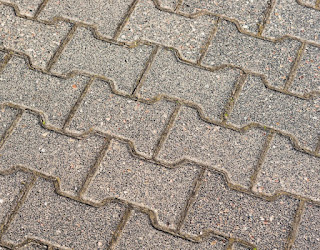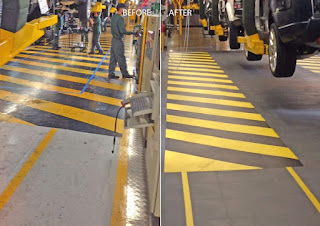ESD and anti-static flooring
Electrostatic charge, which is particularly common in workplaces due to electronic gadgets and personnel, can occur when two electrically charged objects come into touch and generate static electricity. Electrostatic discharge can lead to bigger issues like immediate and latent machine breakdowns in environments using electrical equipment and products.
It’s crucial to have a flooring solution in place that can control and mitigate the effects of electrostatic charge; typically, you would think of anti-static or ESD flooring as your option. You must be aware of the differences between each type of flooring and your personal environmental needs in order to choose the best flooring option. To help you with this decision, we’ve listed below the most frequently asked questions about ESD and anti-static flooring.
ESD FLOORING: WHAT IS IT?
In order to lessen the electrostatic charge from flooring, electronics, and physical contact, electrostatic discharge flooring (ESD) was developed using a variety of materials. An ESD flooring solution functions as a conductor to consciously direct electrical current flow and control, as well as to lessen or completely eliminate electrostatic discharge, which frequently occurs in workplaces as a result of workers moving around a factory and operating machinery and can cause a shock. This occurs more frequently in industrial, warehouse, and manufacturing settings.




Comments
Post a Comment